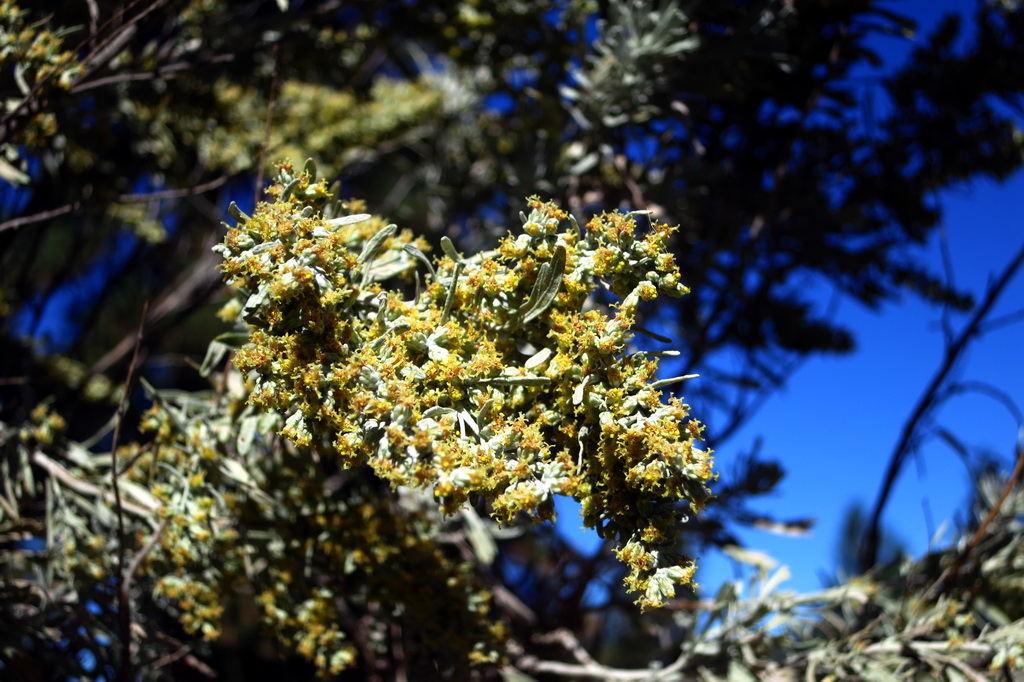 |
| October 9, 2014 - Crater and Dome |
Following the 1980 eruption of Mt. Saint Helens, which is only 65 air miles from Hillsboro, it was only a matter of days before locals wanted to get a closer look at the geologic and environmental aftermath. Two years later, federal funding was approved to build a new road up to the blast area and to construct several visitor centers along the road. The first visitor center near I-5 opened in 1987 and the Coldwater Lake visitor center at the end of the road and closest to the crater opened in 1993. We made our first journey up the new road shortly after that.
 |
| May 18, 1980 Headlines |
The eruption destroyed thousands of acres of native plants and trees as well as extensively changing the lay of the land in the blast zone. The area became a living laboratory for biologists and botanists to study the natural recovery around the north side of the volcano. See the link below for time lapse from space of the past 33 years in the blast zone.
We made a couple of additional trips up to the north side over the years, but it had been 10 years since we last made the trip. (In September of 2012, after training most of the summer, I climbed up to the south side crater rim of the mountain, and got a good look at the dome and caldera. See the link below for photos of that adventure.
I had hoped to make it up to the newest and closest-to-the-crater visitor center, the Johnston Ridge Observatory (JRO) in July or August, but that did not pan out. So, knowing the JRO would close at the end of October for the season, gave me the added incentive to go this month; not to mention that the impending foul weather would soon prevent access as well. (Visited on 10/09/2014)
It's a long 130 mile drive from our house up to JRO, so you want to do this early and go when the weather is good. The beginning of October was ideal for the trip, with clear skies, no wind, and little traffic once I got off I-5 at Castle Rock, WA, which is roughly the half way point.
The road up to the monument has not changed much, but the trees and shrubs have really filled in the Toutle River flood area and private land outside the monument has mature stands of Noble Fir covering hundreds of acres. The view from JRO, which opened in 1997, is outstanding and the building design is sturdy and low-impact. There are many trails for day hikes and backpacking on the north side, so given my limited amount of time on this visit, I took the Boundary Trail which starts at the JRO.
You've probably seen postcard or calendar pictures of Mt. Saint Helens with wildflowers blooming as far as the eye can see. Well, as expected, I missed the big show this year, but there were a few things here and there in bloom, so all was not lost. Next year we hope to come up to the area for a week or so and really explore the area. The east side of the mountain has many more trails and epic views to discover!
It's a long 130 mile drive from our house up to JRO, so you want to do this early and go when the weather is good. The beginning of October was ideal for the trip, with clear skies, no wind, and little traffic once I got off I-5 at Castle Rock, WA, which is roughly the half way point.
The road up to the monument has not changed much, but the trees and shrubs have really filled in the Toutle River flood area and private land outside the monument has mature stands of Noble Fir covering hundreds of acres. The view from JRO, which opened in 1997, is outstanding and the building design is sturdy and low-impact. There are many trails for day hikes and backpacking on the north side, so given my limited amount of time on this visit, I took the Boundary Trail which starts at the JRO.
You've probably seen postcard or calendar pictures of Mt. Saint Helens with wildflowers blooming as far as the eye can see. Well, as expected, I missed the big show this year, but there were a few things here and there in bloom, so all was not lost. Next year we hope to come up to the area for a week or so and really explore the area. The east side of the mountain has many more trails and epic views to discover!
...



































